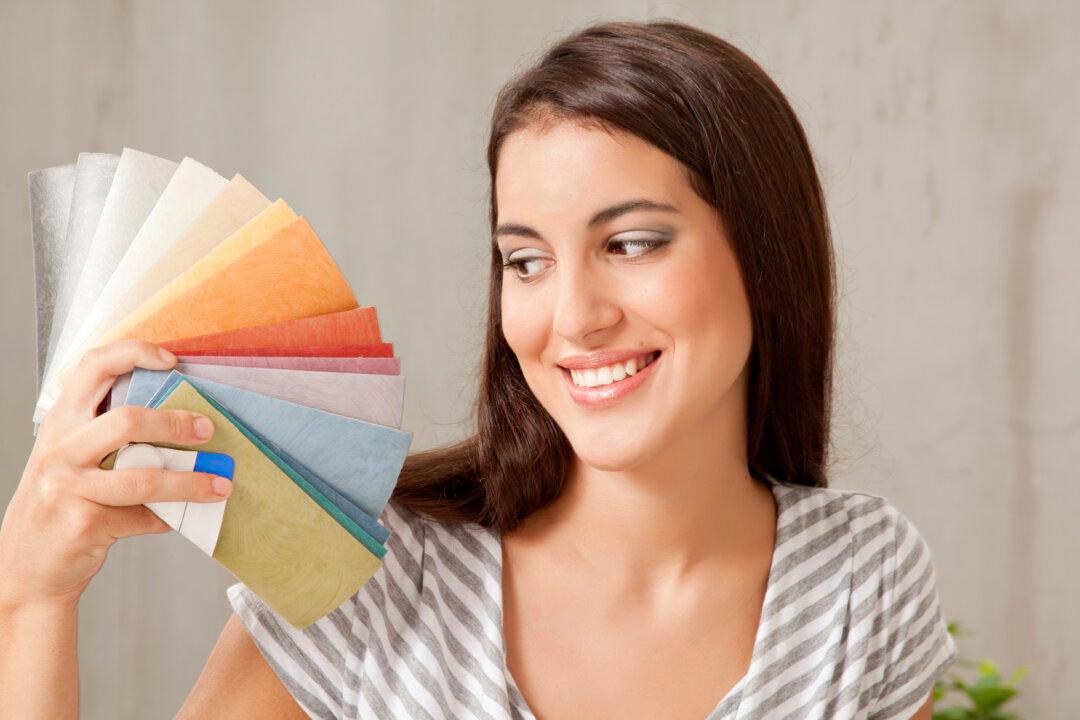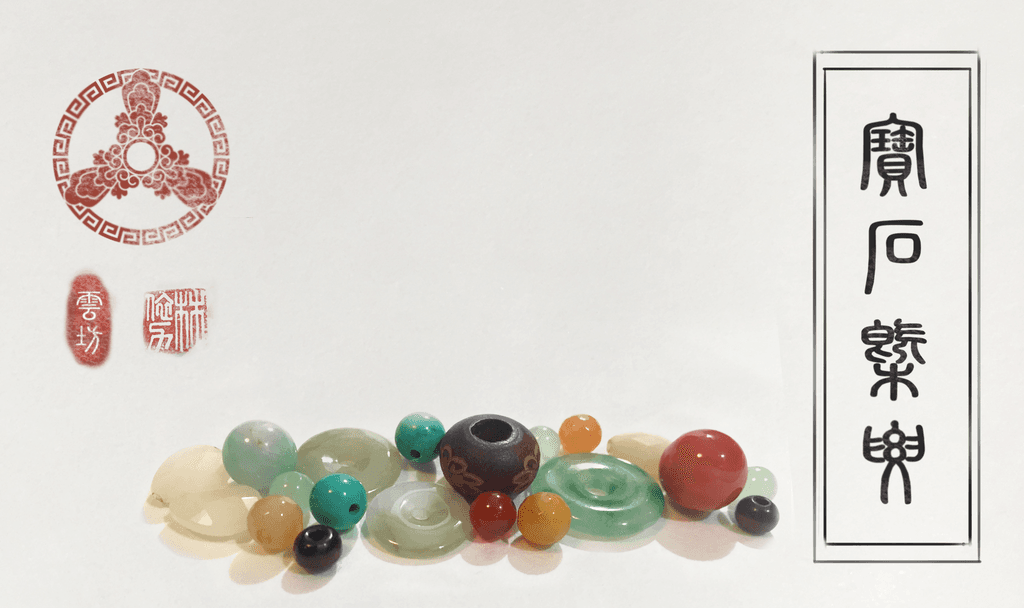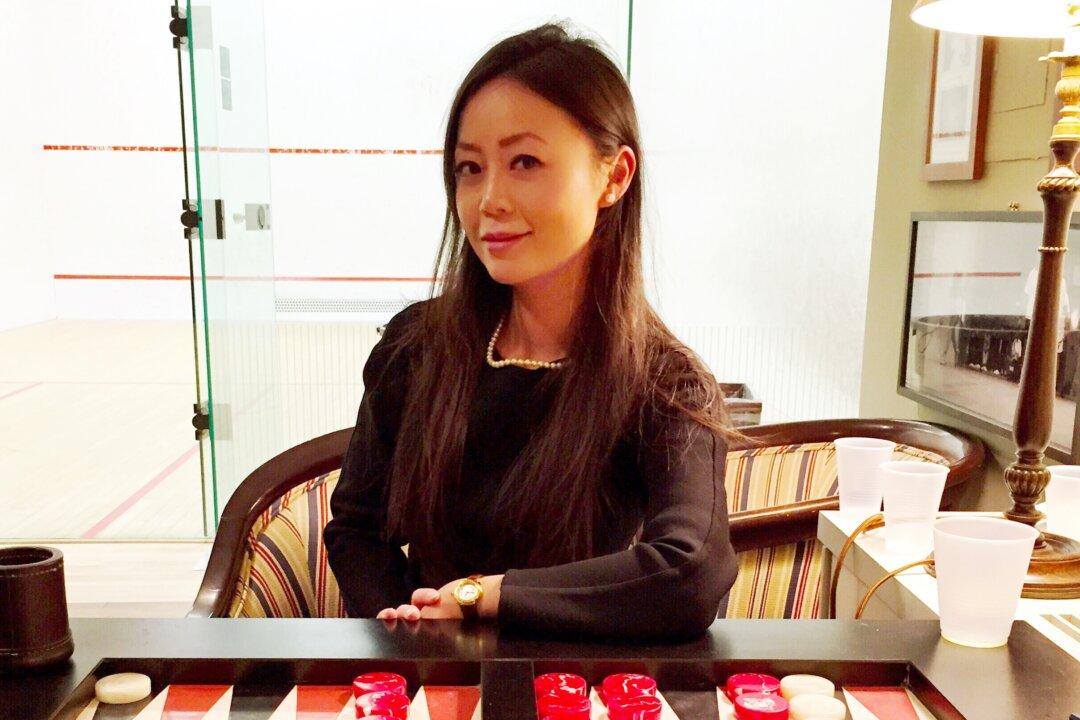We can all recite the mantra of closet-cleaning by now: Toss unrepairable items, give away or sell wearable items that don’t fit your style, and only keep the clothes that will do the most for you.
Simple, right? But how do we define what fits or does not fit one’s style? The hardest part about weeding your wardrobe is defining your parameters.
Take some time to plan your attack before diving in. It will save you time in the long run—not just for this season, but for all following ones.
Color is one area that can benefit from a little foresight. Using paint swatches from the hardware store, you can easily create a color palette that will help you decide what to keep and what to toss—as well as what to buy in the future.
In the following step-by-step guide, we’re going to create a range of neutrals, subdued colors, and accent colors which will form the basic palette of your wardrobe. Not only will it suit your tastes, it will have enough flexibility to take you through each season, not to mention the fact that it’s almost impossible to go wrong dressing with a limited palette.






